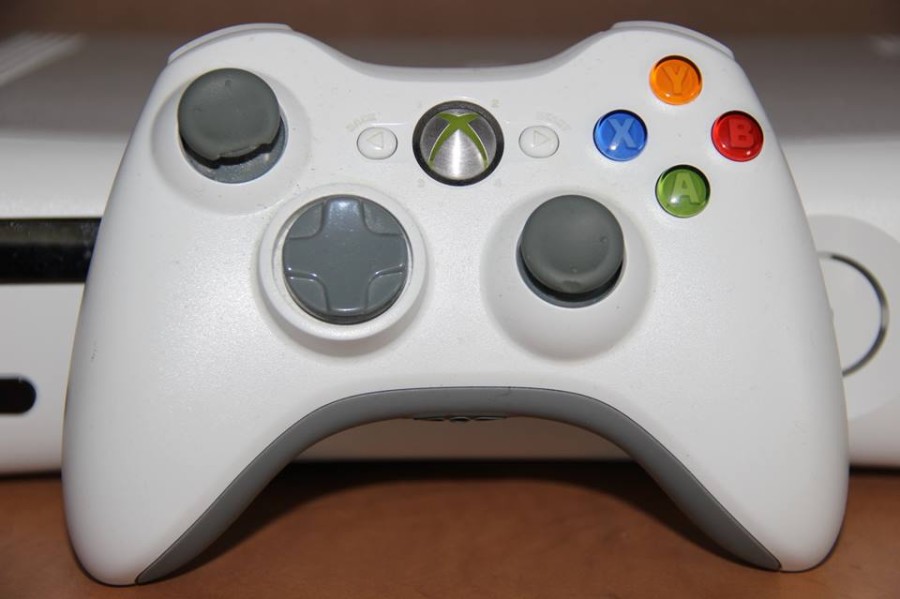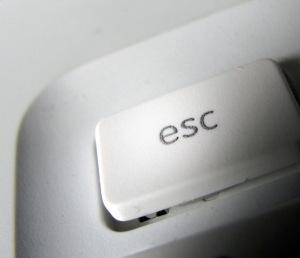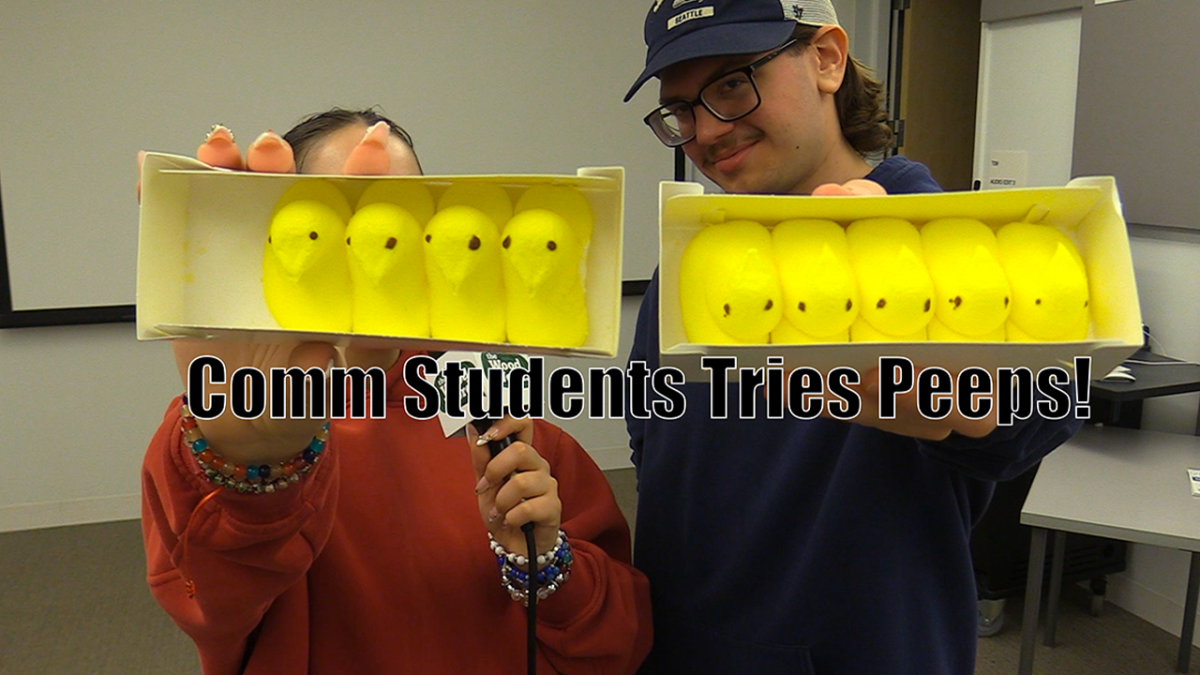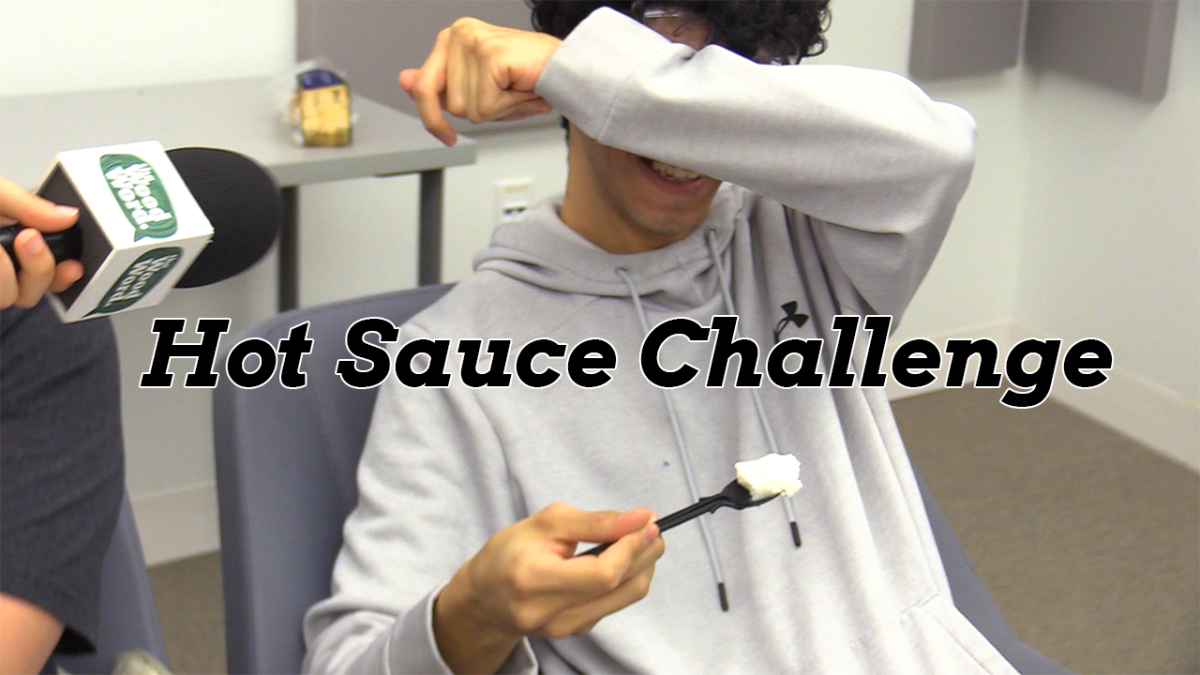About every six or seven years, electronic gaming giants and their faithful followers participate in a ritual that we in the gaming community like to call a “console war.”
They’ve been fought repeatedly since the early 80s. Some of the conflicts have split more metaphorical blood than others, such as the “Super Nintendo-Sega Genesis Massacre of ‘87” and other tussles more toned down like the “PlayStation 2-Game Cube-Xbox-Dreamcast Slapping Match” that brought in the new millennium.
For this generation of gaming consoles, the Battlefield has changed. Gone are the days of the three gaming giants Sony, Microsoft, and Nintendo butting heads for your dollars. Now, the fight will be based on demographics, content, and insurgency.
Microsoft, the youngest giant, is trying to market its Xbox One, not as a video game console, but a “home entertainment console.” Its virtual marketplace is being boosted with new content including movies, music, and TV shows.
Microsoft’s partnerships with Verizon and Comcast allow its Xbox consoles to access on-demand programs from cable providers, provided users have an account with them. Rather than take on Sony gaming console to gaming console, Microsoft is trying to snag families that may not have devout gamers with its multi-entertainment platform.
Since the dawn of the GameCube in 2000, Nintendo has focused less on technological strengths and the lucrative violent gaming industry to target younger gamers with family friendly titles like its flagship Super Mario Bros. games. Its newest console is attempting to get back into one of those corners.
The Wii U, which debuted in November 2012, a full year before its competition, is Nintendo’s first foray into the high definition gaming world.
Sony is trying to maintain its PlayStation 4 as the dedicated gaming console for hardcore gamers who want the best technology and hottest titles like the battlefield and Call of Duty series.
Its PlayStation 3 fell behind in sales during the last console war, edged out by the Xbox 360’s superior timing, which was released a full year before Sony’s console. Now, my money is on the Japanese tech giant to win back the hearts and wallets of the gaming community.
Lurking behind the three godfathers of gaming are two dark horses that hope to steal away some market share of the indie-gamer demographic from its big title counterparts.
The Ouya is a console whose development by Boxer8 was funded through the crowd-funding campaign website Kickstarter. It was released to the general public in July 2013, and operates an interface based on Google’s Android operating system.
The Ouya lets indie-developers create dedicated games for the system and publish them to the Ouya marketplace, with the condition that the game features a free trial.
The other dark horse is a veteran of the PC gaming market. The Steam gaming software created by Valve Corporation allows users to purchase games online and host multi-player matches.
Valve’s newest product is called Steam OS which is designed in conjunction with a blueprint for manufacturers called the Steam Machine and a dedicated controller called, inventively, the Steam Controller. What Valve wants to do is get electronics manufacturers to build their own Steam Machines that run their Steam OS rather than develop hardware for their own software. Google did something similar with its Android operating system, and it worked out magnificently for them.
So, will the Ouya and Steam Machines steal the market from Nintendo, Sony, and Microsoft? No, not at all. But they mark a major turning point in the gaming industry. Finally, small developers and upstarts will have platforms for their projects and get out from under the shadow of big gaming.














